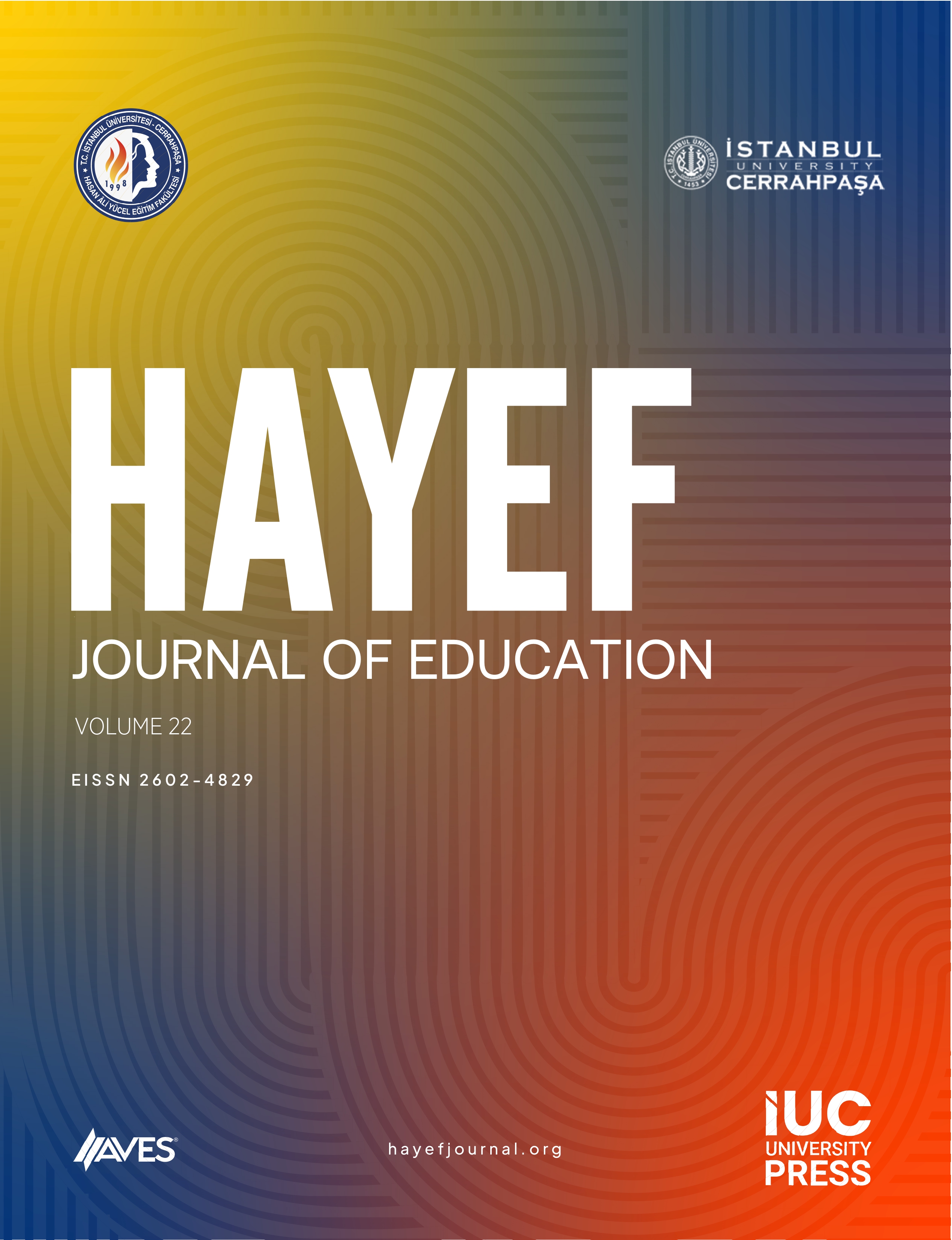This study aims to investigate the gender differences in the likelihood of exhibiting obsessivecompulsive (OC) symptoms and the association of observative compulsory disorder symptoms and behavioral problems in primary schoolchildren to continuing to education. The participants of the study are 98 females and 72 males, and in total, 170 children and adults (the children’s parents). Obsessive-compulsiveness in children is evaluated using the Dimensional Yale-Brown ObsessiveCompulsive Scale (DY-BOCS) and behavioral problems in children were assessed using the Child Behavior Checklist (CBCL/4-18). Concerns regarding contamination; compulsive cleaning; particular beliefs, such as superstitions and lucky and unlucky numbers; and total severity score for OCD symptoms are significantly higher in girls than in boys. There is no statistically significant difference between the two groups in terms of gender and religion, harming, symmetry/ranking/repetition, and indications of OCD symptoms. The study showed a significant positive relationship between inward orientation, outward orientation, and behavior problems and total OCD symptoms. The results of our study indicate that there are some differences between male and female schoolchildren in terms of OCD indications and that there is a link between OCD indications and problem behaviors. The results highlight the importance of having schoolchildren undergo screening for OCD symptoms and behavioral problems.



